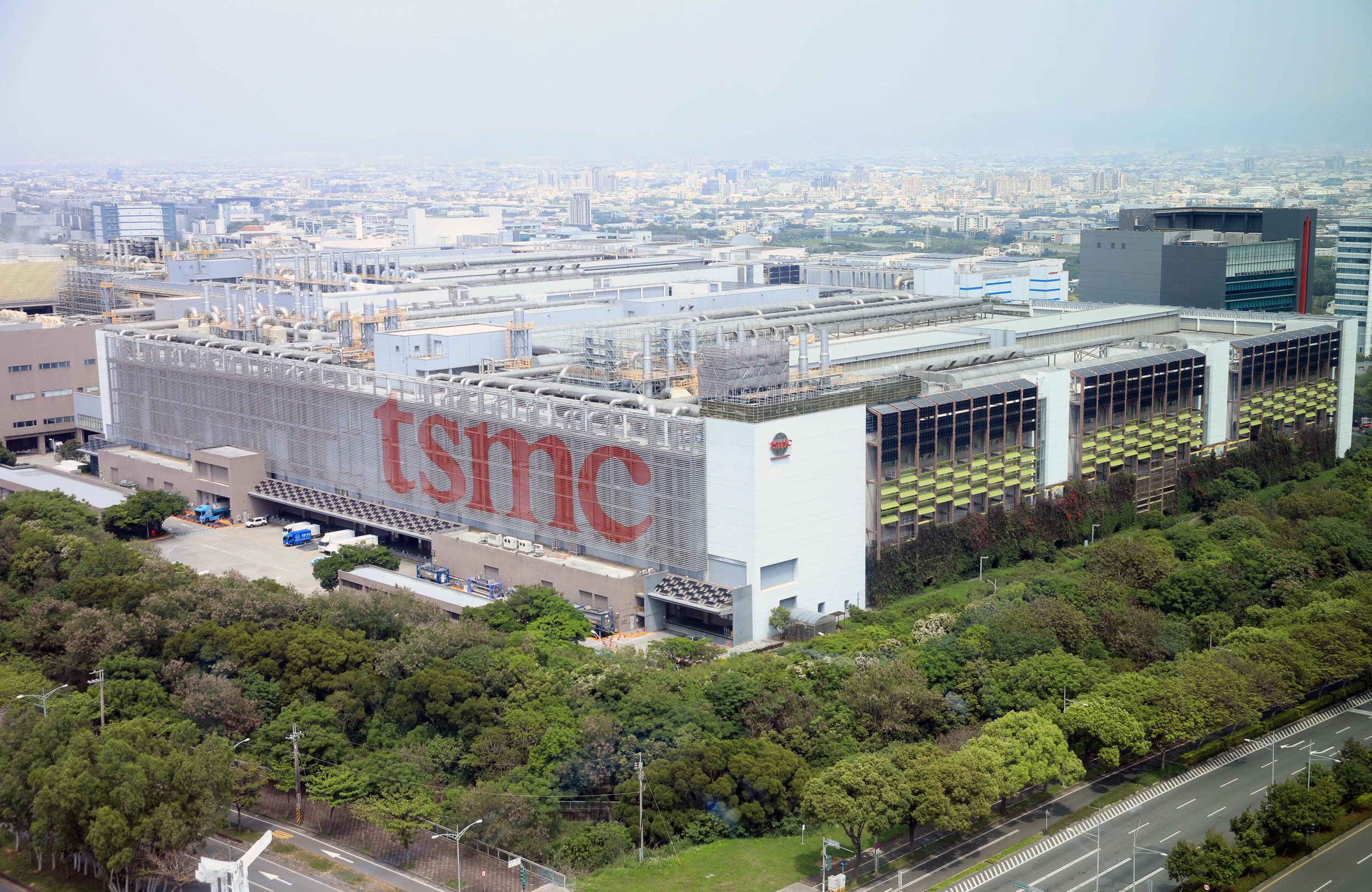Why TSMC is the Stock to Buy
CNBC
I — COMPANY PROFILE
TSMC is a Taiwanese semiconductor company that dominates the foundry market, a market where silicon wafers are manufactured. Being the very first semiconductor foundry company founded in 1987, the founder, Morris Chang, essentially pioneered the semiconductor market to reach its 120 billion dollar market cap today, seeing an opening as companies slowly transferred to digital hardware. TSMC stepped in to assist corporations as they struggled to develop the most effective semiconductor that would serve as the foundation for all complex algorithms of the digital platform.
The semiconductors that TSMC presented were revolutionary and its products were unrivalled. Because no other company stepped up to take the challenging task to join the race, TSMC naturally grew, and with the help of the Taiwanese government and the Philips Electronics joint venture program, was able to remain dominant. More than 30 years have passed, and the company has remained profitable beating previous earnings consistently year after year.
Many of TSMC’s financials substantiate its dominance over the superconductor industry. In 2021, TSMC’s quarter 4 earnings were especially evident, its earnings per share (EPS) increasing from 0.96 dollars to a staggering 1.15 dollars. The revenue of the company also has risen exponentially. In a span of 5 years, TSMC has grown its revenue from 32,997 million dollars in 2017 to 57,225 million dollars in 2021. Furthermore, its P.E ratio is 17.7, lower than the market average of 20, and its net income is 8 billion dollars with a year-to-year increase of 76%. Lastly, TSMC is also valuable because it provides its shareholders dividends ranging from 2% to 2.5%.
II — MARKET ANALYSIS
The mass production of semiconductors is not an easy task. Hence, many companies outsource and ask other semiconductor manufacturers like TSMC to produce them instead, forming a clientelistic relationship. Tech companies that produce any form of electronics can design the semiconductor and give the design to the foundry company to mass produce the chip for them. As long as tech giants such as Apple, Nvidia, and Google remain prosperous, the foundry market will also show a parallel trend. Massive tech firms will search for the most efficient semiconductor manufacturer as they concentrate on developing more advanced technology.
The prospects for the foundry market are firm. Following the 31% growth in 2021 alone, the industry is expected to grow more than 7 per cent in 5 years, from 104.74 billion dollars in 2021 to 161.20 billion dollars in 2027. TSMC has more than half of the market share of this market with the runner-up being Samsung with less than one-third of the market share of TSMC.
Market Share
III — CATALYSTS
1) Influential Clients
The main reason behind TSMC’s dominance in the foundry market is its increasing number of large clients who heavily rely on TSMC; those include Apple, Nvidia, and Intel. These tech giants are the leaders in their respectable markets. Apple, for example, sells 250 million iPhones and sells 20 million Macbooks a year, with each device containing semiconductors from TSMC. As these tech giants grow, TSMC will grow as well, especially because of the tight relationship TSMC has with said tech giants. Continuing the example with Apple, Apple has been buying TSMC superconductors since 2014 when Apple first released the iPhone 6, and now fully relies on TSMC for all its products.
2) Advanced Chips
In the semiconductor manufacturing industry, the best way to make more partnerships with big companies is through advancing semiconductor technology. Many factors come into play when determining the most advanced chip, but size is one of the most important when it comes to competition. From 2010, TSMC was always the first to announce and produce smaller and more effective chips, with the production of 10nm (nano-meter) chips in 2013 and the production of 7nm in 2018, and finally the production of 5nm in 2020. TSMC primarily focused on PlanarFet technology until the 7nm but made a crucial transition to FinFet when making the 5nm. This transition optimized both mobile and high-performance efficiency, successfully increasing speed by 20% and reducing power consumption by 40%. TSMC has already released 4nm semiconductors as projected and is expected to produce a larger volume of 3nm semiconductors by the end of 2023. Moreover, TSMC projects to break the 2nm mark by 2025.
Semiconductor Size from 1987 to 2020
IV — RISKS
Competition
The biggest risk TSMC faces is competition, with its biggest competitor being Samsung. Although the gap between Samsung and TSMC in the foundry market is still immense, it cannot be completely ignored. Samsung has always followed the significant improvements TSMC has made. The Korean tech giant is mostly known for its memory chips and has been developing said chips from their very beginnings. It has only been a little more than a decade since it joined the system semiconductor industry and the foundry market, yet Samsung rivals the technological aspect of TSMC. TSMC has been in this business for more than 30 years, but the speed at which Samsung is rising cannot be discredited. Matter of fact, Samsung was the first company to successfully make the 3nm chip. Nonetheless, TSMC still remains strong because while Samsung is busy producing chips and also using them for their own electronics, TSMC focuses on what each and every client wants. This was one major reason TSMC gained clients while Samsung lost them in the latest fiscal year.
V- Conclusion
The semiconductor market is momentous and projected to get even bigger. Rather than a shift to memory semiconductor chips, system semi conductor chips will be valued more. The one company that has been honing its skills is TSMC. They have for decades prioritized solely on the domination of the foundry market and I am beyond confident they will continue to dominate in the future.



